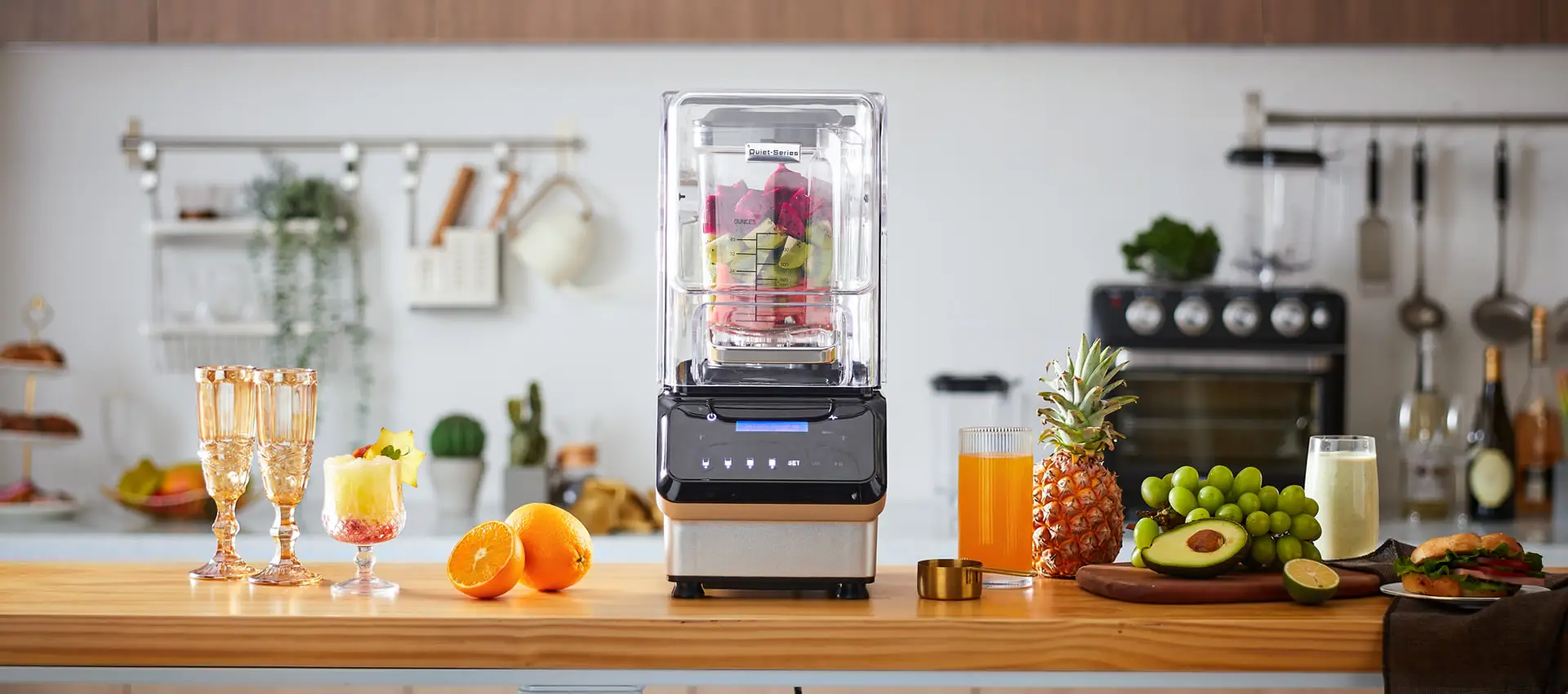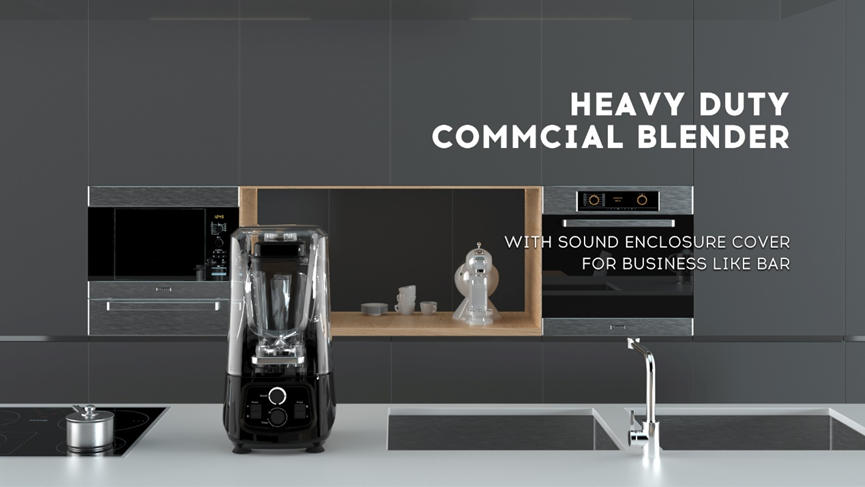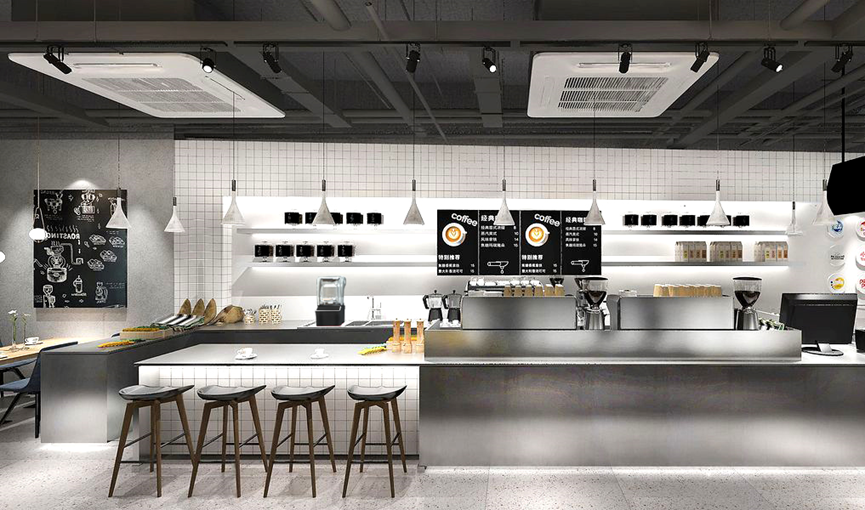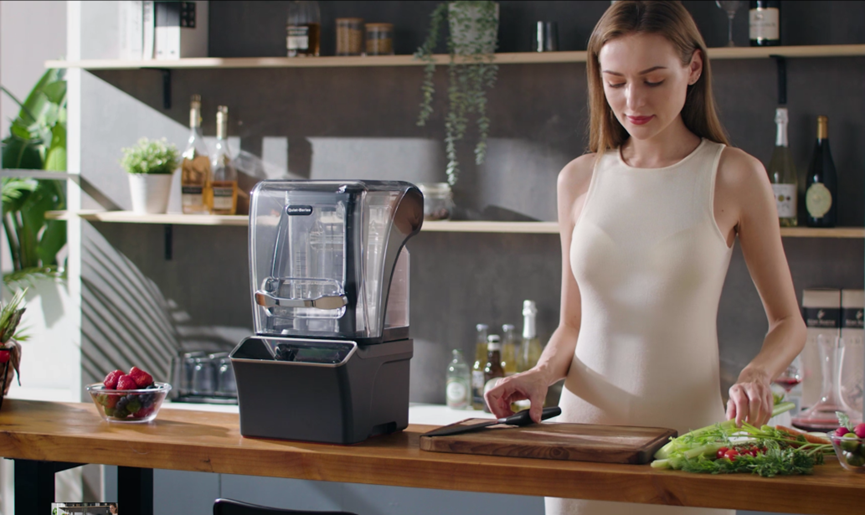Exploring Customization Options for High-Torque Motor Blenders: Tailoring Solutions for Optimal Performance
release time:
2025-03-26
The world of manufacturing is rapidly evolving, and so are the tools that drive efficiency and productivity. famous High-torque motor blenders have emerged as indispensable machinery in various industries, including food processing, pharmaceuticals, and chemical manufacturing. Their ability to handle thick and viscous materials makes them a favorite among manufacturers seeking versatility and performance.
As the demand for customized solutions grows, understanding the various customization options available for high-torque motor blenders becomes essential. This article explores these options in detail, offering insights into how they can enhance the performance of your blending processes.

Why Customization Matters in Manufacturing
Customization is no longer a luxury but rather a necessity in today’s competitive landscape. Here are several reasons why tailoring your blender to meet specific needs is crucial:
- Enhanced Efficiency: Customization allows you to optimize the blending process, reducing cycle times and increasing throughput.
- Improved Quality: Tailored solutions can significantly enhance the quality of the end product, ensuring consistency and reliability.
- Cost-Effectiveness: Investing in customized equipment can save money in the long run by minimizing waste and maximizing production efficiency.
- Flexibility: Industries are constantly evolving, and having equipment that can adapt to changing demands is vital for sustained success.
By understanding the importance of customization, manufacturers can make informed decisions that align with their operational goals.
Understanding High-Torque Motor Blenders
High-torque motor blenders are designed to mix, blend, and emulsify high-viscosity materials that standard blenders struggle to process. They utilize powerful motors that provide exceptional torque, enabling them to handle challenging materials such as doughs, creams, and pastes.
Key components of high-torque motor blenders include:
- High-Powered Motors: These motors generate the necessary torque to mix dense materials.
- Specialized Blades: Designed to efficiently blend different types of substances.
- Durable Construction: Built to withstand rigorous use in demanding environments.
Understanding these components helps manufacturers choose the right customization options to ensure optimal performance.
Key Features and Advantages of High-Torque Motor Blenders
High-torque motor blenders come with several features that set them apart from conventional blending machines:
- Variable Speed Control: Adjusting the speed allows users to achieve the desired consistency for various materials.
- Robust Safety Features: Many models include safety interlocks and overload protection to ensure safe operation.
- Ease of Cleaning: Designed for easy disassembly, these blenders facilitate quick cleaning and maintenance, which is essential for compliance with health standards.
The advantages of using high-torque motor blenders extend beyond their features, offering manufacturers the ability to:
- Process a Wide Range of Materials: From light creams to heavy pastes, these blenders provide versatility.
- Achieve Consistent Results: Customization allows for fine-tuning, resulting in uniform blending outcomes.
Customization Options for High-Torque Motor Blenders
When it comes to high-torque motor blenders, customization options are plentiful. Below, we discuss several critical areas where manufacturers can tailor their machines to fit specific needs.
1 Motor Capacity and Power
One of the primary customization options involves the motor capacity. Manufacturers can choose motors ranging from moderate to high torque, depending on their processing requirements. Selecting the right motor capacity is crucial for achieving optimal blending outcomes.
2 Blade Design and Material
The design and material of the blending blades significantly impact performance. Options include:
- Stainless Steel Blades: Corrosion-resistant and durable, ideal for food and pharmaceutical applications.
- Specialized Designs: Blades can be customized to suit specific material handling needs, such as serrated edges for tougher materials.
Choosing the right blade design enhances blending efficiency and prolongs the lifespan of the machine.
3 Control Systems and User Interface
Modern high-torque motor blenders come equipped with advanced control systems. Customizing the user interface can greatly improve ease of use. Options may include:
- Digital Controls: Offering precise adjustments for speed and time.
- Touchscreen Interfaces: Enhancing user experience through intuitive design.
Customizing control systems not only boosts operator efficiency but also ensures consistent product quality.
4 Size and Capacity Considerations
The size and capacity of the blender should align with production demands. Customization options include:
- Tank Sizes: Available in various capacities to meet different batch sizes.
- Footprint Adjustments: Tailoring dimensions to fit specific manufacturing floor layouts.
Selecting the right size and capacity ensures optimal workflow and minimizes operational disruptions.
5 Additional Accessories and Features
Customizing a high-torque motor blender can also involve adding accessories that enhance functionality. These may include:
- Heating Elements: Allowing for temperature control during blending.
- Vacuum Systems: Reducing air pockets in mixtures for a smoother consistency.
These additional features can significantly improve the blending process, making it more efficient and effective.
Case Studies: Successful Customization in Action
Real-world examples illustrate the benefits of customizing high-torque motor blenders.
Case Study 1: Food Manufacturing
A leading food manufacturer needed a blender to process a new line of thick sauces. By customizing the motor capacity and blade design, they achieved the desired viscosity while enhancing production speed.
Case Study 2: Pharmaceutical Industry
In the pharmaceutical sector, a company required precise blending for a new cream formulation. Customizing the control system allowed for accurate speed adjustments, resulting in a consistent and high-quality product.
These case studies exemplify how tailored solutions can lead to significant improvements in productivity and product quality.
Understanding and implementing customization options for high-torque motor blenders china can revolutionize your manufacturing processes. By considering various factors such as motor capacity, blade design, and control systems, manufacturers can optimize blending performance and improve product quality. Customization not only enhances efficiency but also positions businesses to adapt to the ever-changing demands of their respective industries. As we move forward, embracing these tailored solutions will be key to achieving sustained success and competitiveness in the market.
More information





